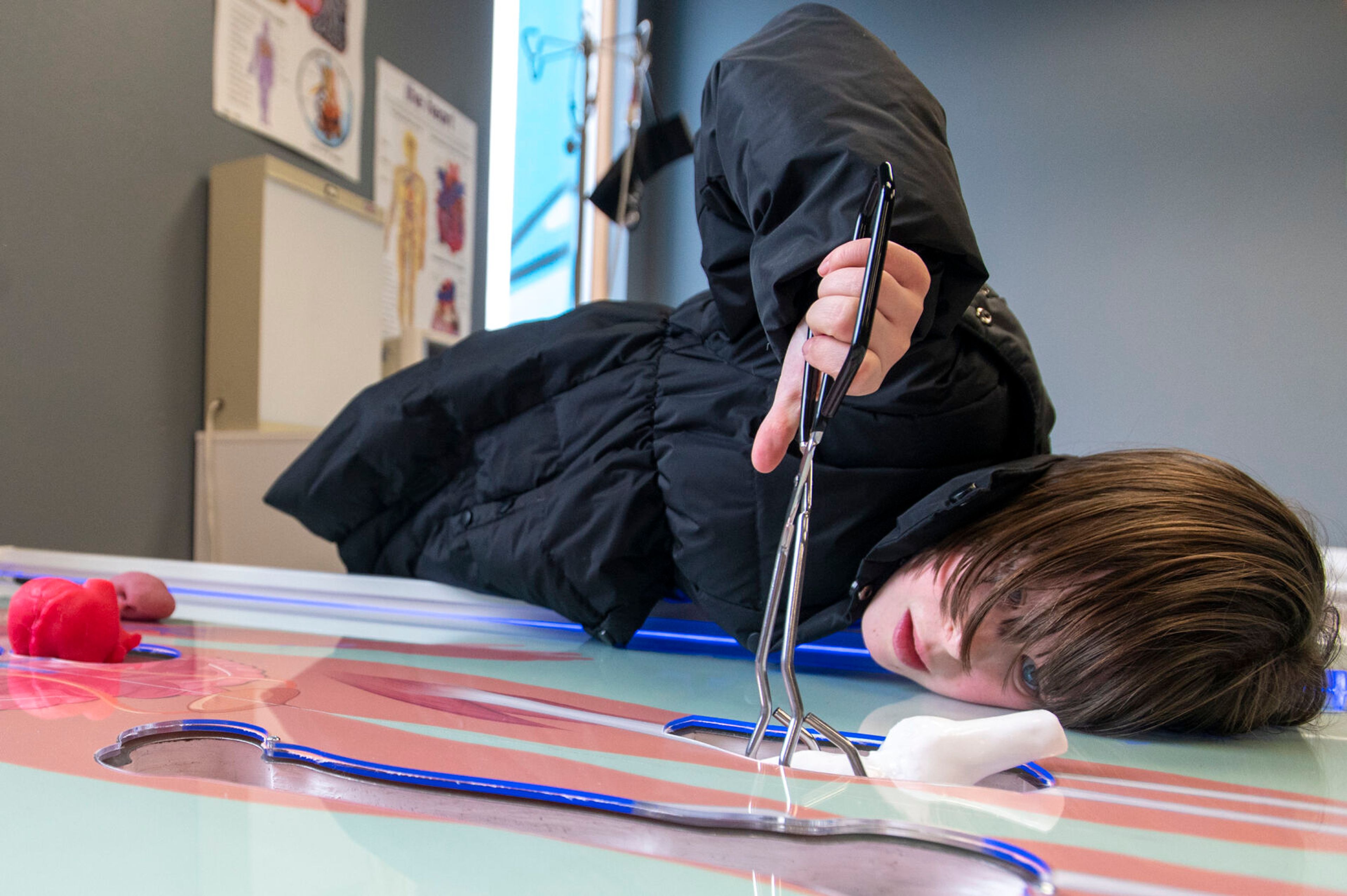UI students envision the Olmsted legacy
Distinguished landscape architect and planner John Charles Olmsted developed the university’s first master plan more than 100 years ago
University of Idaho students studying landscape architecture participated in a workshop this week focused on the legacy left by John Charles Olmsted when he set down a blueprint for the campus more than a century ago.
Kelin Goodson, a senior in UI’s Landscape Architecture program, spoke during a presentation Friday about how to extend the Hello Walk to the city’s downtown area.
The concept dates back to 1908, when distinguished landscape architect and planner John Charles Olmsted developed the university’s first master plan. Olmsted’s sketch and 25-page report envisioned an open and interconnected campus to complement the Administration Building.
“We were thinking about how we could incorporate details that were included in the original plan,” Goodson said. “We also looked at the future of the campus as a whole to influence where we would want to place our designs.”
Goodson said the goal of the project was to use Olmsted’s principles to solve various problems like housing and water scarcity. The students had one week to collaborate with UI’s industry partner, Design Workshop, and a handful of alumni.
Beth Scott, head of UI’s Landscape Architecture program, said the workshop paid tribute to Frederick Law Olmsted, father of John Charles Olmsted, on the 200th anniversary of his birth.
“We’re on a campus with an Olmsted plan from the early 1900s that is partially implemented and still visible,” Scott said. “This was an opportunity to really rethink some of the ideas from the original plan through the lens of a 21st century community and all the social and environmental issues.”
Frederick Law Olmsted rose to prominence in the late 1800s for designing many well-known urban parks with his partner, Calvert Vaux, including Prospect Park and Central Park in New York City.
Olmsted’s firm designed dozens of college campuses including the master plans for Stanford University and the University of California at Berkeley. He was also heavily involved in the planning and preservation of state and national parks.
His successor firm, the Olmsted Brothers, carried on the legacy while adding to some of their father’s initial projects, as well as designing new ones, like the UI campus.
“The university as a whole, both grounds and buildings, without a suggestion of lavishness or over decoration, ought to exhibit clearly, in all its outward appearance, the fact that it is the place of work and of residence of cultivated and careful people,” John Charles Olmsted wrote in a letter to former UI President James MacLean around 1908.
Scott said that Olmsted’s principles, including better social settings and equitable access to public space, were deeply concerned with the entire welfare of a community and its environment.
She added that it was gratifying to see the energy and professionalism her students put into their designs.
“The students talk about the administration building lawn, Hello Walk and the idea of connecting the town with the university and a lot of that goes back to that original Olmsted plan,” Scott said. “He was a renaissance man of his time. He was doing the things that we strive to do, and sometimes struggle to do now, 200 years later.”
Palermo can be reached at apalermo@dnews.com or on Twitter @apalermotweets.







